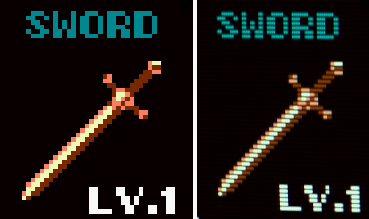I noticed that the specs for old CRT arcade monitors note they have 240 vertical lines. Did the CRTs do 240P with just 240 progressive vertical lines or were they like consumer CRT TVs with 525 vertical interlaced lines? In this case I know that special timing signals would be used as to not alternate between even and odd lines to display 240P (what Nintendo referred to as “Double Strike”)
Any info is appreciated!
Any info is appreciated!



